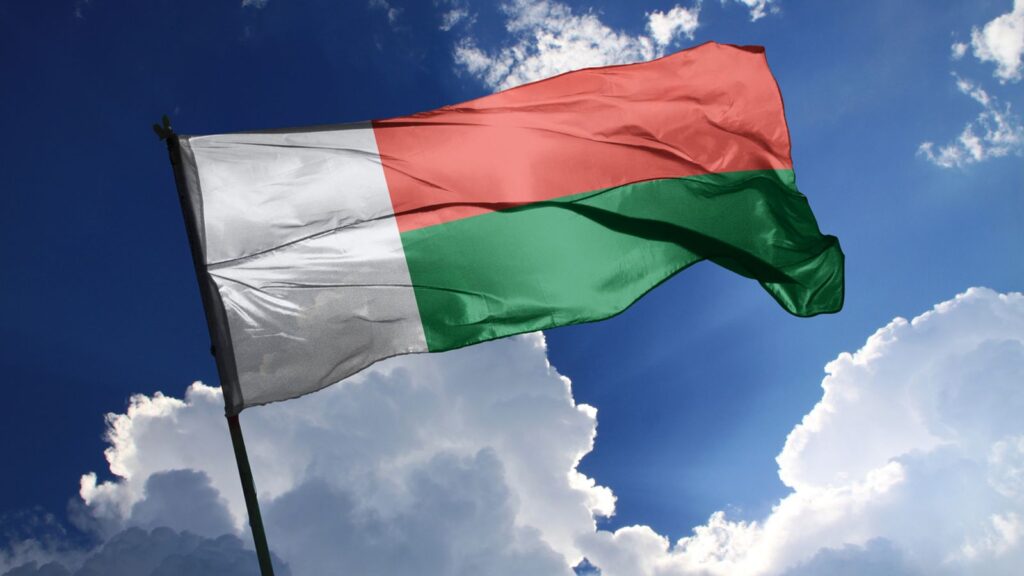Madagascar’s security forces have accused protesters of sparking the violence that has rocked the capital, Antananarivo, during weeks of youth-led demonstrations against alleged misgovernance and persistent water and power cuts. The island nation has been gripped by near-daily rallies since September 25, resulting in at least 22 deaths and hundreds of injuries, according to the United Nations.
The joint security command comprising the army, police, and gendarmerie claimed that some demonstrators engaged in violent acts and ignored security warnings. The forces said their response, which included the use of tear gas and live ammunition, was provoked by the crowd’s aggressive behaviour.
However, the UN condemned the excessive use of force, describing the police response as “heavy-handed.” It reported that several of the victims were either protesters or bystanders, while others were caught in looting and gang violence that erupted alongside the political unrest.
President Andry Rajoelina’s administration has dismissed the reported death toll as exaggerated and based on misinformation. Nonetheless, tensions have escalated, with opposition leaders calling for the president’s resignation.
In a bid to ease mounting public anger, Rajoelina dismissed his entire government on Monday. On Sunday, calm briefly returned to the capital, with churchgoers replacing the throngs of demonstrators who had flooded the streets the previous day.
Despite its rich natural resources, Madagascar remains one of the world’s poorest nations. According to the World Bank, nearly three-quarters of its 32 million citizens lived below the poverty line in 2022. Corruption, unemployment, and economic stagnation have deepened frustrations, particularly among the youth.
As both opposition and pro-government factions continue to mobilize, the country faces mounting pressure to address governance failures and restore public trust before the situation spirals further out of control.

